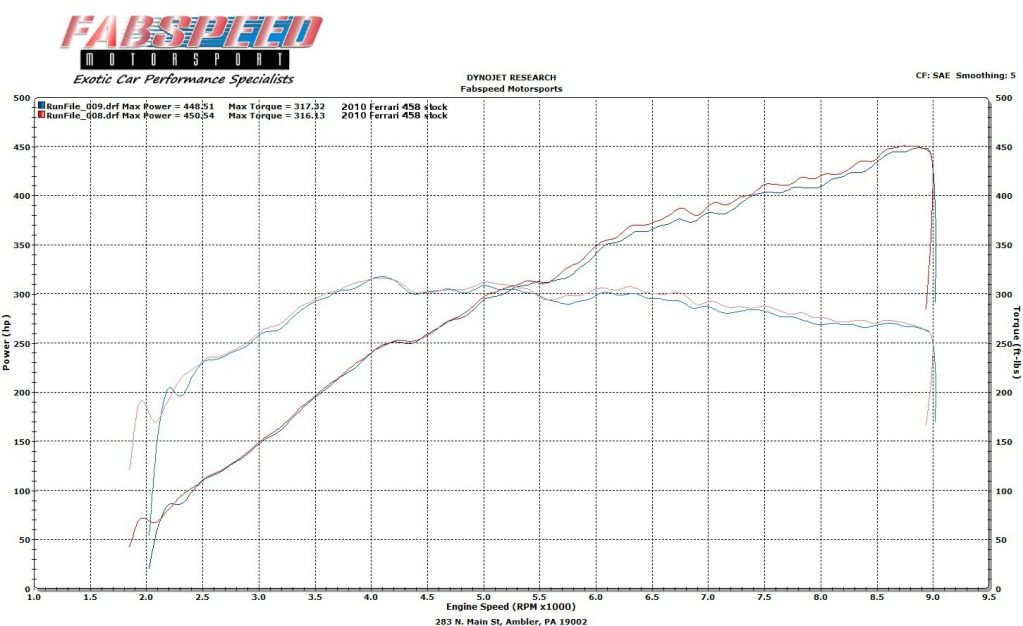Most folks are viewing engine output as static.
Before we go any further, remember that TQ varies with rpm.
Additionally, HP cannot be calculated without rpm, again a direct factor.
More over, HP does not exist unless there is TQ at rpm.
This gets really muddied when people start using gear ratios in an attempt defend their argument.
Gear ratios do not exist to increase force at the wheels... they exist to put the engine in a suitable rpm range given a road speed.
If gear ratios were for anything other than putting an engine in a suitable operating range, then, electric motors would take advantage of transmissions.. and they don't, because they essentially make max. TQ (or near enough to it) at any/all rpm.
More proof?
Top Fuel/Funny cars do not have multi geared transmissions. They have one forward gear and rely on clutch slip to keep the engine in it's most efficient power band given the road speed. Keep in mind these are the TQiest automotive engines in the world, and people relate TQ to low rpm, yet these vehicles run at 9500rpm.
This clutch-slip does not work in road racing or road cars as you'd be wearing out the clutches at a very aggressive rate and replacing them every lap in a road-race car and daily (possible multiple times a day) in a road/street car.
So we have gear boxes... that eat "power" and loose time when shifting.
Yes, gears multiply/divide TQ delivery to the wheels.
And it happens to be a positive byproduct (nothing more) when keeping the engine (source TQ) in an efficient operating range.
Lets look at TQ multiplication via gearing, as it relates to traction for a minute... as most have noted deeper gearing in will increase wheelspin...
First, I agree, that most times this is accurate, as as with anything dynamic (engine)... not always.
My street strip car...
Had 4.10 rear gears in it, and launching at 6000-6500rpm was spinning hard. Launching at lower rpm it would bog down.
Solution?
Put 4.56 rear gears in it. Wait! What? that's right, put deeper gearing in it, which, most all would say now it'll never hook, it'll be spin fest.
So, what did deeper gears do?
The first thing it did was slow the rear tire down given the launch rpm (sure, still spinning, but not as hard/fast), the next thing it did was keep the motor high in the rpm band (beyond peak TQ) allowing the tires to recover/hook-up much earlier... all while keeping the engine in a more optimal rpm range (work).
So, to answer OP.
More TQ (as an absolute) is not always better.
More TQ (as an average) is always better.
Remember that work (HP) does not exist without force and rpm, and that rpm is on the multiply side of the equation when determining how much work and engine is capable of, so, steady TQ on out in the rpm range is naturally going to provide an engine that can get the work done.
Take a look at a Ferrari 358 dyno graph...
Doesn't make much TQ right? Most of it's life it makes less than 300lb-ft.
But it makes 85% of it's max. TQ from 3200rpm all the way out past 8500rpm...
That is the kind of TQ "curve" you are looking for... then you gear it accordingly.
Yes, with peakier, and/or earlier sign off in TQ delivery you can gear to compensate... but that's all gears are regardless.
458 dyno (rear wheel numbers).


